It's nice to be back after taking August off from RE. Some work was done on the #73 E30 (which is for sale!), but I mainly focused on prepping the E90 for test days and GLTC next year. Sure, the car came to me basically in race-ready condition, but who am I to leave well enough alone?
It took a good chunk of time to get the ergonomics of the new-to-me car just right. I needed to lower and tilt the seat a good bit to fit me better, and the seat was not centered well against the steering wheel either. The harnesses were expired, and the sub-belts were not installed safely (insufficiently wrapped).
A new set of side-mounts and a lot of fiddling with the seat got it in a proper position. A new set of Lifeline Becketts 6-point harnesses were installed (properly!). The window nets were still valid, but with the new seat position, the triangle nets that envelop the seat were way too high. The nets took a surprising amount of time to properly dial in, since they need to be positioned properly and secured with collars to make sure they don't move when you need them.
The E90 has a tilting and telescoping steering column, which makes dialing in the steering wheel to the perfect height and distance a breeze. I still need to put a new steering wheel in the car, as the suede has seen better days.
Sitting comfortably in the car, I scheduled my first test day via Track Night in America at Charlotte Motor Speedway back in August.
Charlotte Shakedown
Track Night in America events typically give you three 20 minute sessions, but with only three run groups, there is only 40 minutes between sessions. The pace is somewhat frantic, and it doesn't allow for much to be done on the car besides the basics in between sessions. Thankfully a friend came out and was very helpful in checking pressures and making some observation on the car's performance through the second chicane. Shoutout Jay, thanks for the help!
I took it quite easy in the first session, but by the end I was already pretty comfortable with the car. That said, I struggled to describe the experience to my friends. Weeks removed from the experience, the best I can do to describe it is that it was difficult for me to comprehend the difference between the real race car that the E90 is, versus the street-cars-that-are-track-capable that my E30s are.
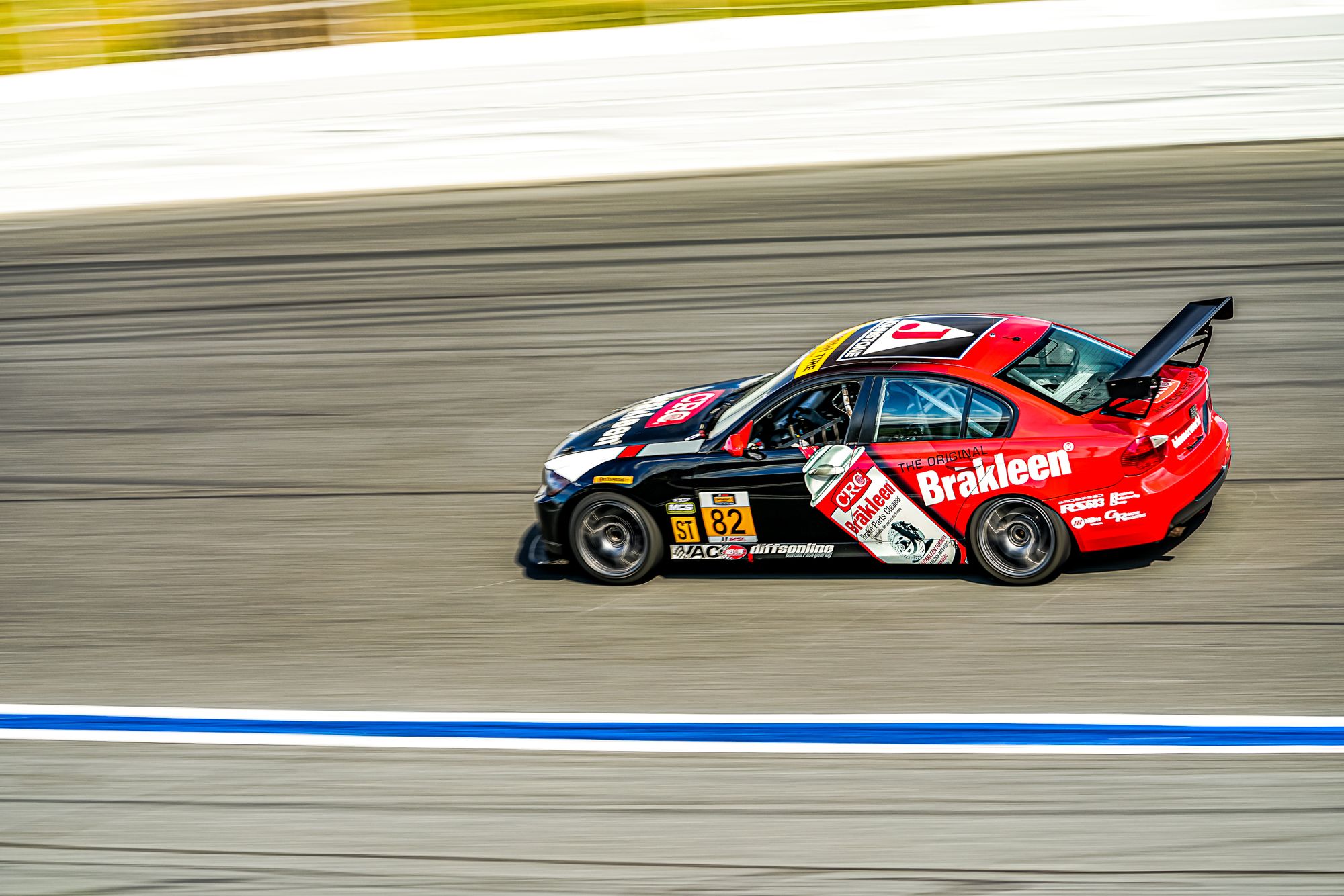
The car was loud, rough, stiff, fast, and capable in ways I'd never really experienced on track. It was visceral. Nevertheless, like every E90 I've driven on track, it was confidence-inspiring and easy to drive at the limit.
The three test sessions at Track Night in America mostly went off without a hitch, besides one odd handling issue.
The car turned better to the left than to the right, and on my first couple of laps of any session, I would get a weird oscillation coming from the rear end of the car, mainly when entering turn 5, which is a neutral-power uphill sweeper that you enter in the middle of 4th gear. It almost felt like the wing were swinging on the trunk like a giant pendulum, or that there was a massive fuel load sloshing around the cell.
Having checked around the rear end, specifically the driver's side, in the paddock, nothing seemed apparently bent or broken, so I kept driving it. As it turned out, the lower control arm eccentric on the driver's side was loose, and I was driving with an extra 1.5* of negative camber and 1/2" of toe out (on that corner alone!), the result of the eccentric bushing flipping to the wrong side of the adjustment range.
All things considered, the car drove great, and had pretty decent lap times given the rear end issues!
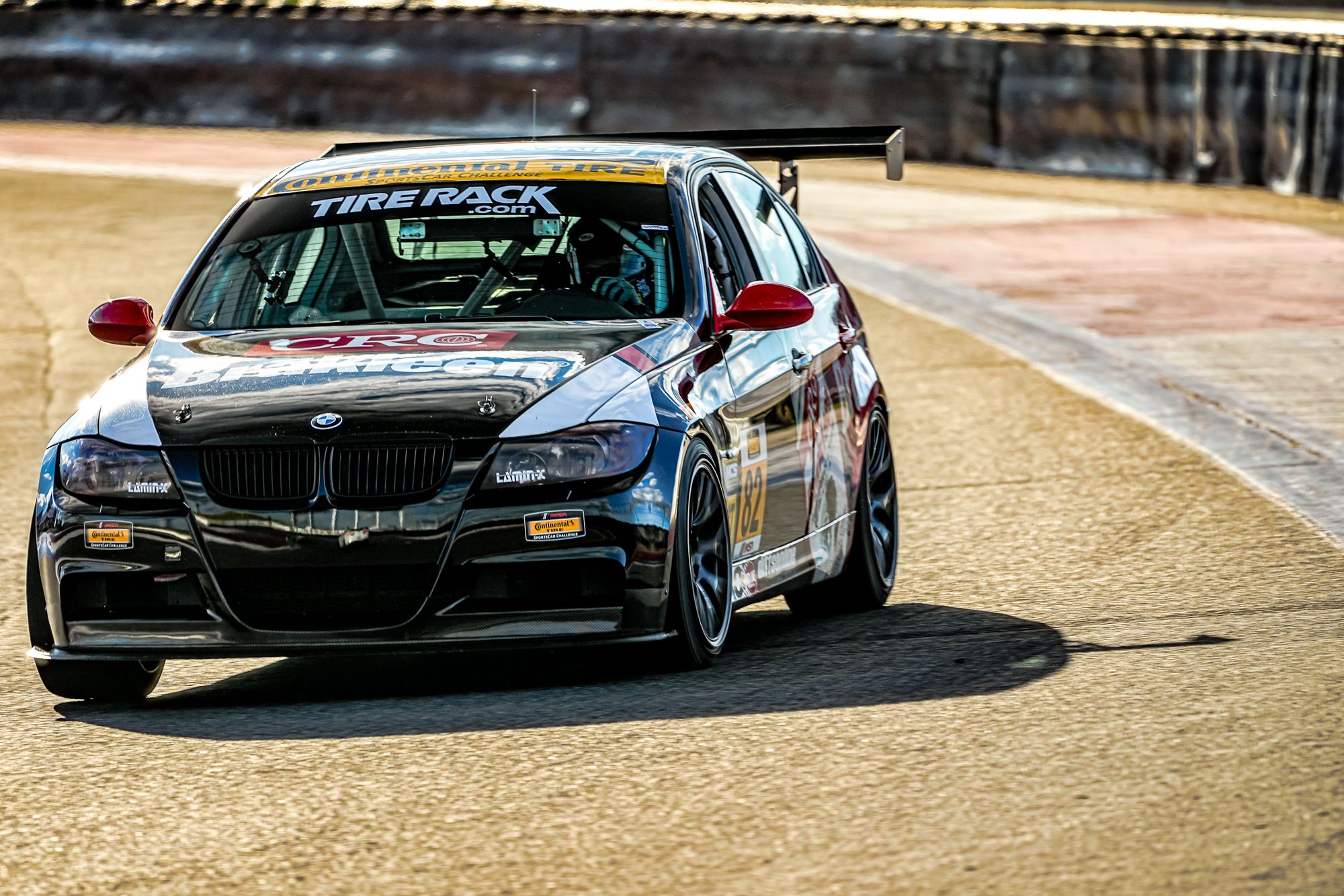
Roebling Rumble
Between events, I took the time to put the car up on the scales and string up the B+G alignment kit so I could put my own setup on the car. I took note of the alignment specs that the car came to me with (which were pretty bad), and then put my own baseline setup on it, using Bimmerworld's setup sheet that came with the car as a reference for the damper and sway bar settings.
With some rather large changes made to the ride height to facilitate the corner balance specs that I wanted, I had to touch up the alignment one more time before setting the car down.
Having bolt-checked the car and checking all the fluid levels, I didn't have much to do before testing the car once more at a three day event with my friends from all over the southeast at Roebling Road Raceway.
Roebling is admittedly not my favorite track, but any track time is a good time, especially when a huge group of your friends get together in the process.
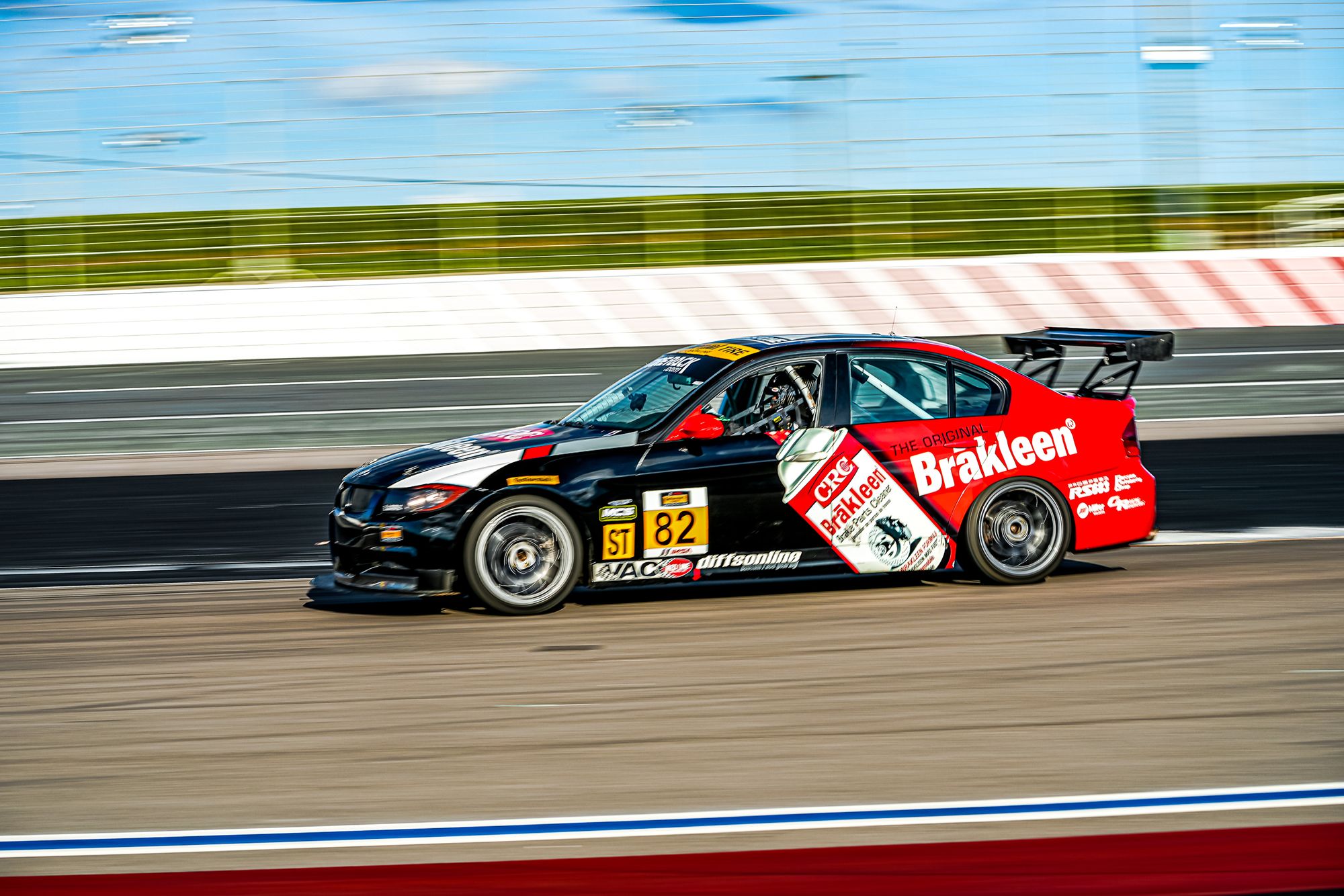
On Friday, which was a test day, we had 8 sessions available to us. I took the morning sessions to dial in the setup a bit more from my baseline, and the car continued to improve rapidly. It has stood out to me that this car responds to changes really well. One or two clicks on the MCS 2-way dampers, or a small change in wing angle can make a large difference.
By the afternoon I was feeling pretty confident in the car, so Carlos Mendez and I traded cars for fun. I had not driven his Spec E9X in over a year, and he was eager to try my new GLTC whip to see how it compared to his Spec E9X-turned-GLTC car that he had been driving all season.
I was really eager to hear Carlos's feedback on my car. He actually drove it in 2 sessions, since the first time he took it out, the fuel light came on quickly, and he brought it back in. He actually bested my own time in the car by 4 tenths on Friday, turning a 1:20.0 to my 1:20.4 (I wasn't offended – too much 😅). Carlos really loved the car and was impressed by its composure and capabilities. I'll try to get more into his thoughts in the future, and also get into some of the data on how we were driving the same car differently around Roebling.
Carlos's Spec car was a handful for me to drive, due to a very large rear sway bar that he was testing out. It upset the car's balance too much, and he ended up taking it off the car on Friday night. It was still a fun session, and I always appreciate the opportunity to drive another car!
I also got to drive Matt Lopez's milked-out Spec E9X car, the self-proclaimed cleanest and most setup E9X car out there. His car drove great and did everything well, from corner entry, to rotation, to exit: exactly how I picture a Spec E9X car handling. Thanks Matt!
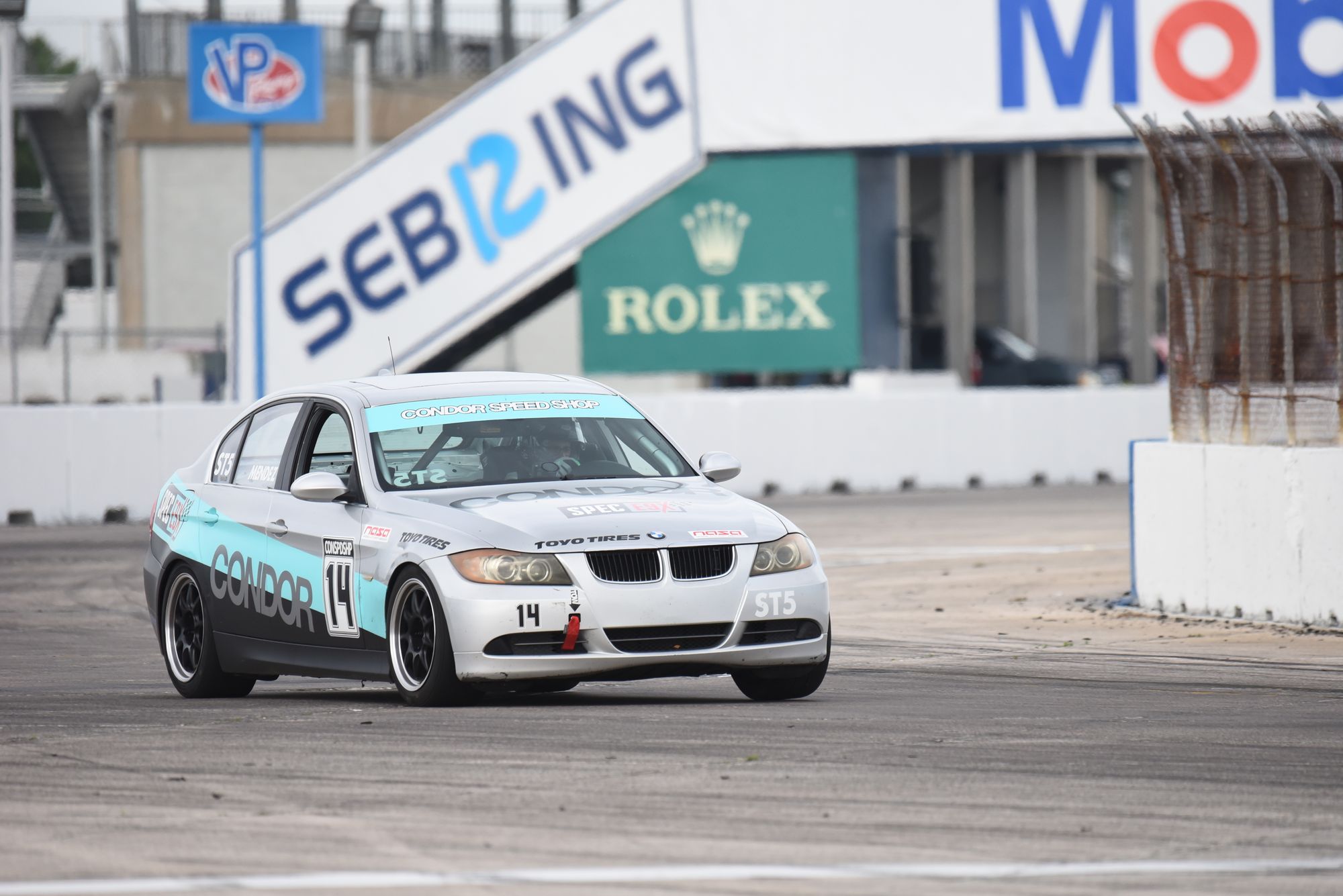
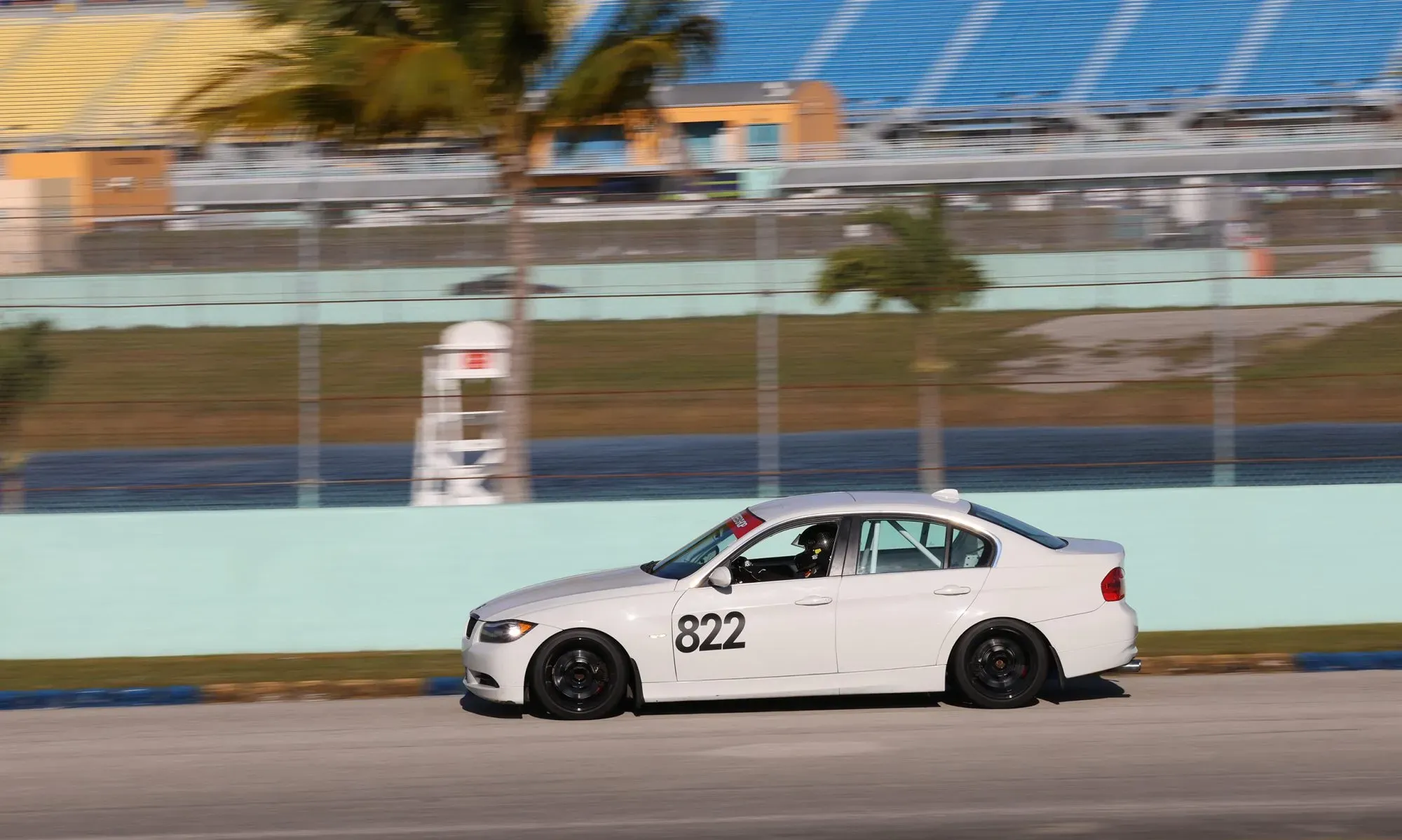
Time Trial Frustrations
NASA Time Trials is an open passing group, but small & narrow tracks like Roebling can leave you with few passing opportunities. Despite my best efforts to leave a gap to the faster TT3 and TT2 cars that were running similar lap times to me, I still found myself inevitably catching cars in the infield sweepers, holding me back just enough to lose a few tenths. Then I would get gapped by 20 car lengths on the straightaway by these cars that had two times my horsepower. Rinse and repeat.
At my best on Saturday, I had improved by 4 tenths, but I just missed Carlos's time from Friday by 3/100ths (1:20.03 to 1:20.06).
I kept trying more setup changes on Saturday. Taking out wing angle was a positive change. Stiffening up the rear sway bar helped the car rotate better, and I could have gotten used to it, but I didn't really like how it changed the balance of the car. The rear roll balance when compared to the front end seemed mismatched, so I put the rear bar back where it was.
Minor Issues
The only issue I really faced all weekend was a low oil pressure warning light that came on during the 3rd session on Saturday. I was bewildered, as the car had never exhibited any oil pressure issues that I had noticed, but as it turned out, I had only ever looked at the gauge during steady-state cornering. The data log showed the pressure drops were occurring during hard braking. The car has an aftermarket dipstick (N52s don't have them from the factory), which I am still learning how to read properly. Topping off the oil mostly rectified the issue, although I can see now that when you are off-throttle and at maximum braking force, the pressure does lower a little bit. Not to a concerning degree, but it does occur.
The baffles in the oil pan seem to do a better job of protecting against pressure drops during cornering than in braking zones. This is likely by design, as the risk of reduced oil pressure is greater during cornering, when you may be hammering the throttle. There is no throttle use and thus no load on the engine during braking. Anyways, let's get back to the fun stuff!
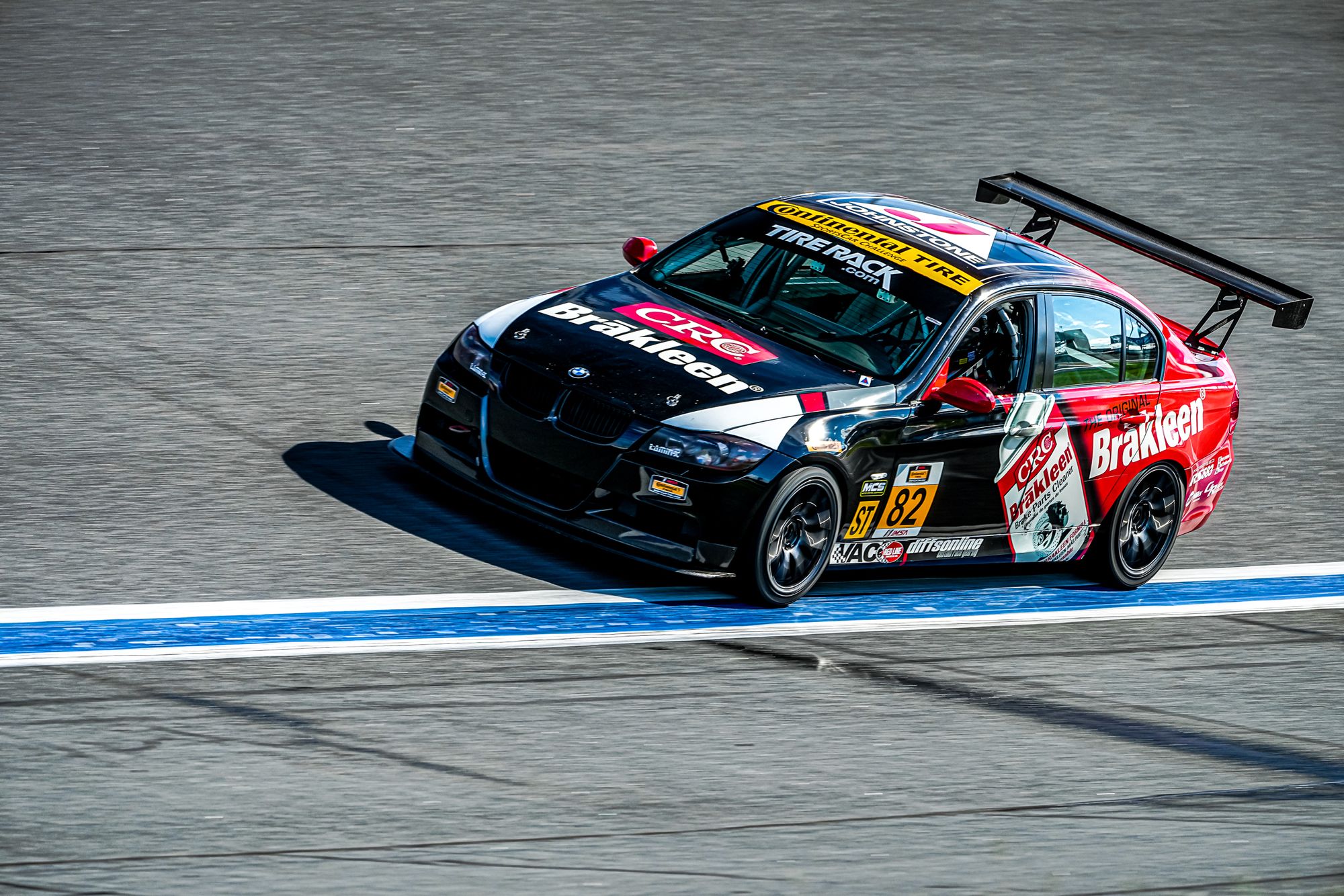
Favorable Results
Come Sunday morning, in really beautiful track conditions, I found myself stuck in traffic again for the first 6 or 7 laps. Finally, the seas parted, and I got possibly my only two un-hindered laps of the whole weekend. I cranked off a sub-1:20 lap for the first time, dropping down to a 1:19.1, and followed it with a personal best of 1:18.7. It was the 8th overall fastest out of 32 TT cars that session. Not bad for what is ostensibly an uncompetitive TT4 car, actually much closer to a TT5 car in raw power:weight ratio!
Considering these times came on 25 heat cycle Nankang AR-1s, and on the 8th and 9th laps of the session, I was very happy with the times. I've found the AR-1 to be pretty consistent, but it does its best on the second green flag lap, and it loses several tenths as the session progresses.
Overall, I was really happy with the result, and I called it a weekend. There was a lot of driving done over those three days!
What's Next?
An oil change was definitely in order, and I have to repair a crack in the muffler. I'm also working on re-positioning the front splitter to be GLTC-compliant.
Past that, I will continue to mess with the chassis setup, as well as learning the ins and outs of driving a more capable beast than I'm used to. In the near future, I will need to take it to the dyno to establish the power level and see if I need to add ballast, or more ideally, shed some more weight from the car.
With at least 2 or 3 more events on deck through the end of 2023, I look forward to dialing in the car more before its GLTC debut next season.
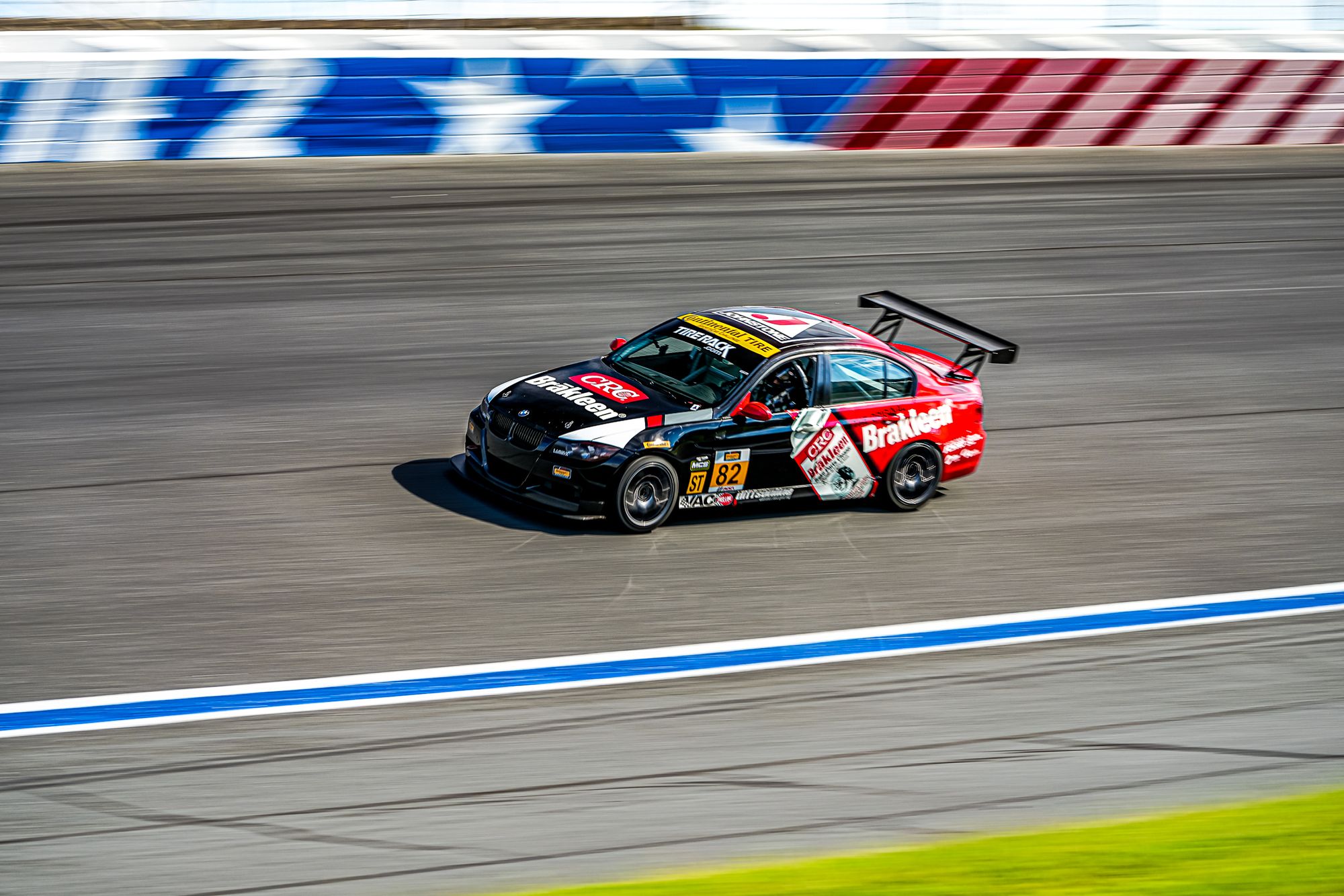

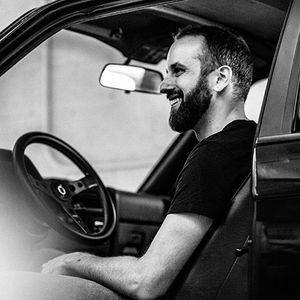


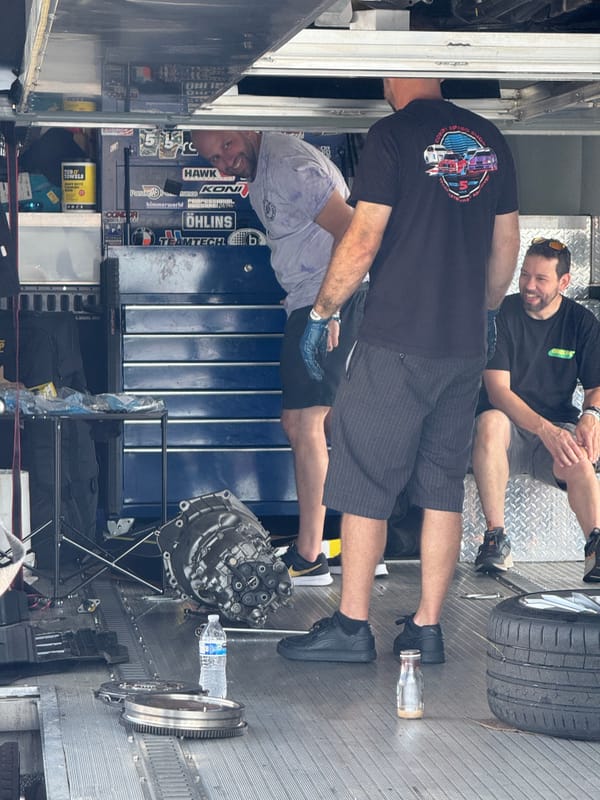
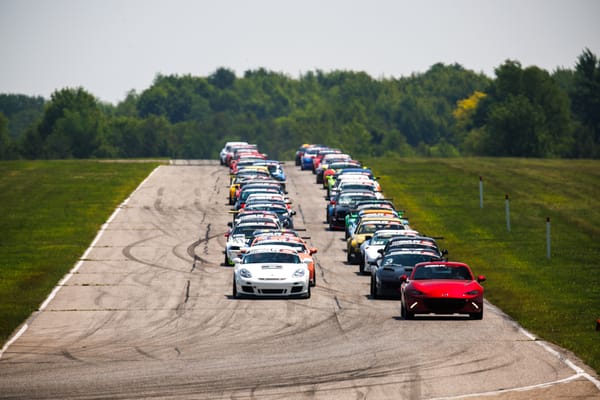
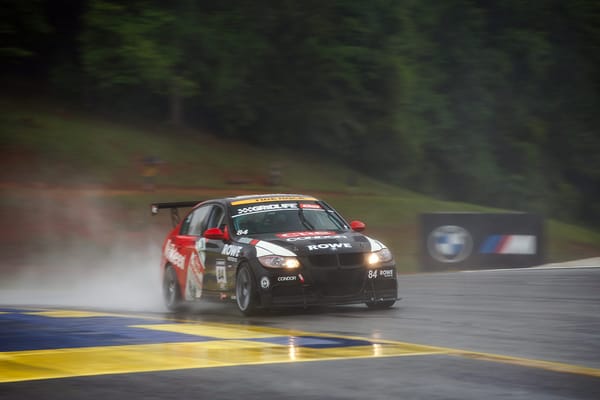

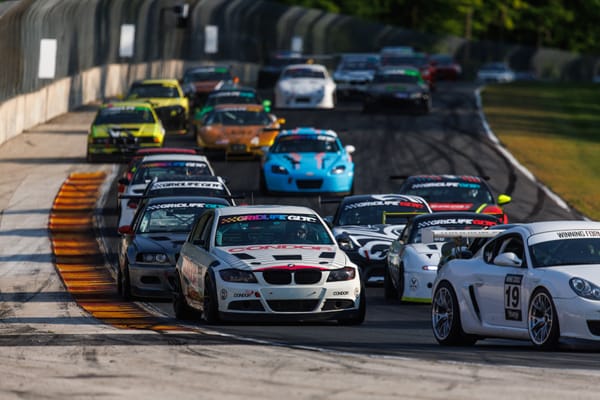
Let's drive faster together